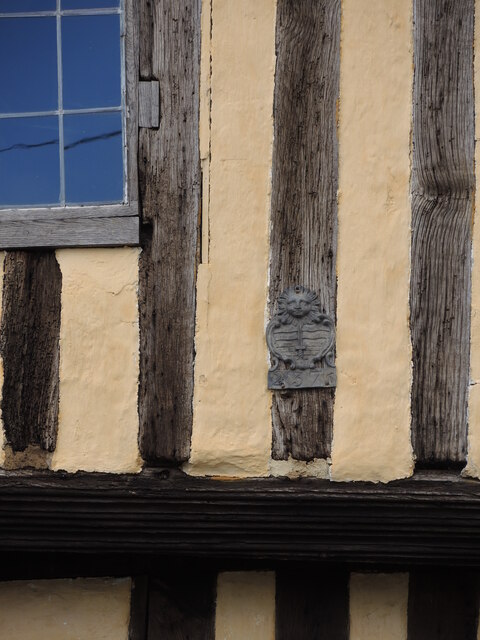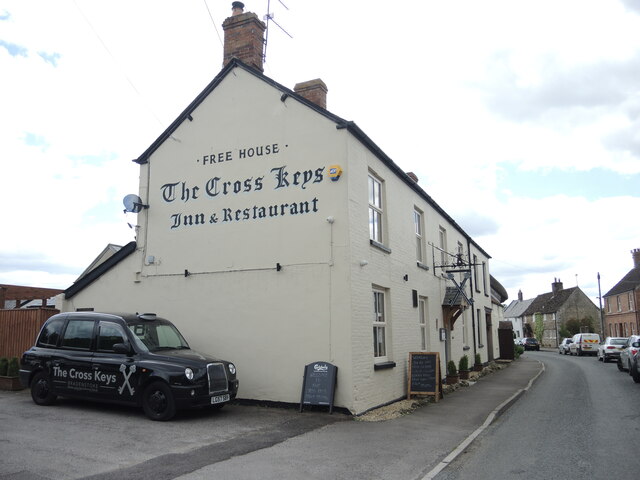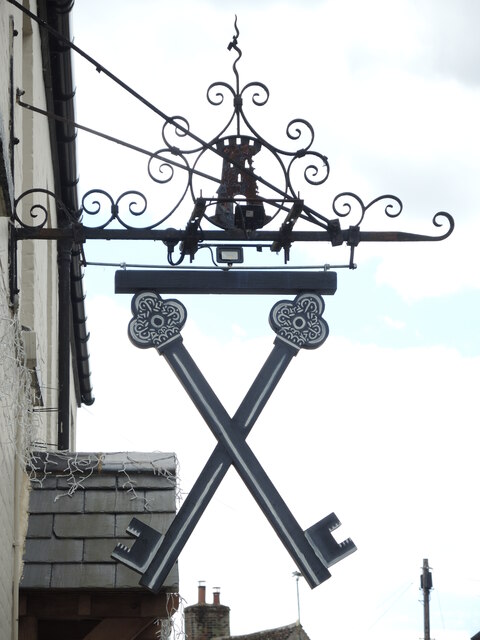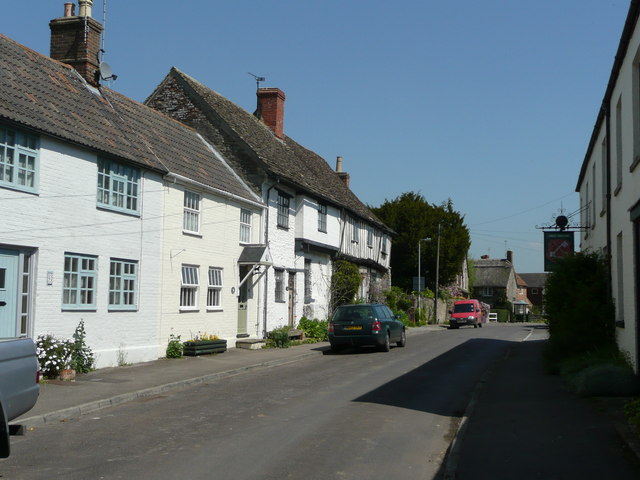Melsome Wood
Wood, Forest in Wiltshire
England
Melsome Wood
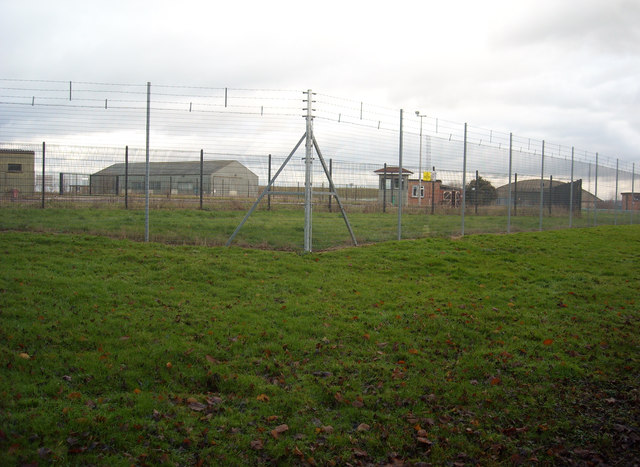
Melsome Wood is a picturesque woodland located in the county of Wiltshire, England. Spanning approximately 100 acres, it is known for its natural beauty and rich biodiversity. The wood is situated near the village of Melsome, nestled within the rolling hills of the Wiltshire countryside.
Melsome Wood is primarily composed of deciduous trees, with oak, beech, and ash being the dominant species. These towering trees create a canopy that provides shade and shelter for a diverse range of wildlife. The forest floor is covered in a carpet of wildflowers, including bluebells and daffodils, which bloom in vibrant colors during the springtime.
The wood is crisscrossed by several walking trails, allowing visitors to explore its enchanting surroundings. These trails wind through the woodland, offering glimpses of wildlife such as deer, rabbits, and various bird species. The tranquil atmosphere and peaceful ambiance make Melsome Wood a popular destination for nature lovers, hikers, and photographers.
In addition to its natural beauty, Melsome Wood also has historical significance. It is believed to have been an ancient woodland, with evidence of human activity dating back centuries. Remnants of old stone structures and boundary markers can still be found within the wood, providing a glimpse into its past.
Overall, Melsome Wood is a captivating and idyllic woodland, offering a peaceful retreat for those seeking solace in nature. Its scenic beauty, diverse wildlife, and historical elements make it a must-visit destination for both locals and tourists alike.
If you have any feedback on the listing, please let us know in the comments section below.
Melsome Wood Images
Images are sourced within 2km of 51.506797/-2.0212469 or Grid Reference ST9878. Thanks to Geograph Open Source API. All images are credited.
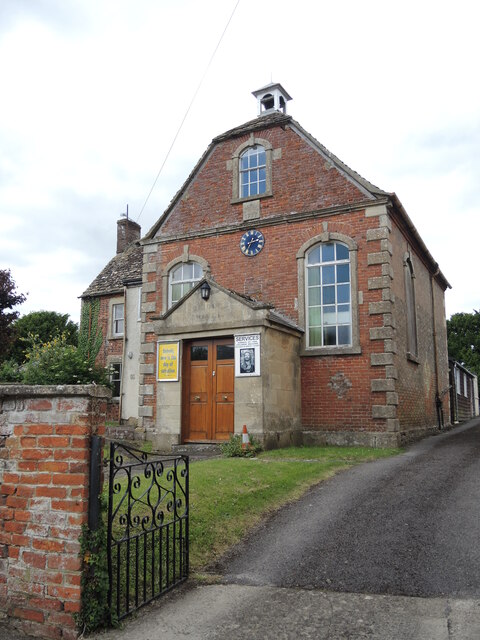
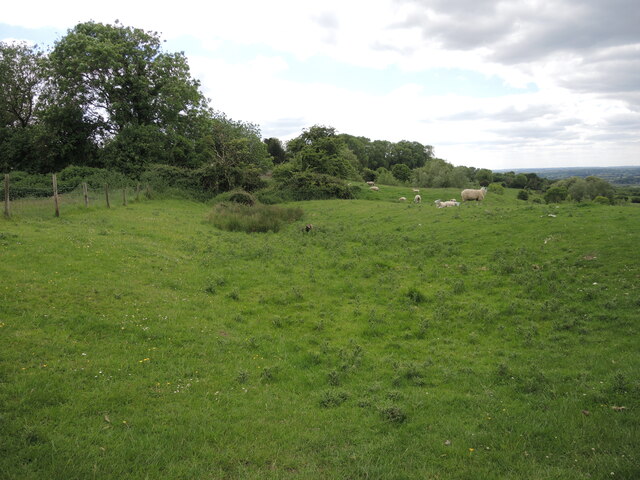
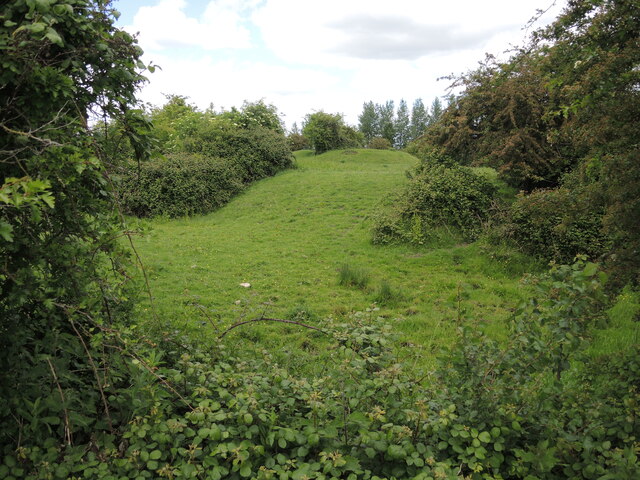





Melsome Wood is located at Grid Ref: ST9878 (Lat: 51.506797, Lng: -2.0212469)
Unitary Authority: Wiltshire
Police Authority: Wiltshire
What 3 Words
///radio.monorail.overdone. Near Lyneham, Wiltshire
Nearby Locations
Related Wikis
Bradenstoke Priory
Bradenstoke Priory was a medieval priory of Augustinian canons regular in the village of Bradenstoke, Wiltshire, England. Its site, in the north of the...
Dauntsey Vale
The Dauntsey Vale is a geographical feature in the north of the English county of Wiltshire. It is characterised by a wide, flat, clay floodplain of the...
Bradenstoke
Bradenstoke is a village in Wiltshire, England, lying to the north of the former RAF Lyneham airbase and 1.5 miles (2.4 km) northwest of Lyneham. Originally...
Wilts & Berks Canal Trust
The Wilts & Berks Canal Trust is a registered charity no. 299595, and a waterway society based in Wiltshire, England, concerned with the restoration of...
Dauntsey railway station
Dauntsey railway station served the village of Dauntsey, Wiltshire from 1868 to 1965. It was situated on the Great Western Main Line which runs from London...
RAF Lyneham
Royal Air Force Lyneham otherwise known as RAF Lyneham (IATA: LYE, ICAO: EGDL) was a Royal Air Force station located 6.3 miles (10.1 km) northeast of Chippenham...
MOD Lyneham
Ministry of Defence Lyneham or MOD Lyneham is a Ministry of Defence site in Wiltshire, England, about 7 miles (11 km) north-east of Chippenham and 10 miles...
Christian Malford Halt railway station
Christian Malford Halt served the village of Christian Malford, Wiltshire from 1926 to 1965. It was situated on the Great Western Main Line which runs...
Nearby Amenities
Located within 500m of 51.506797,-2.0212469Have you been to Melsome Wood?
Leave your review of Melsome Wood below (or comments, questions and feedback).
